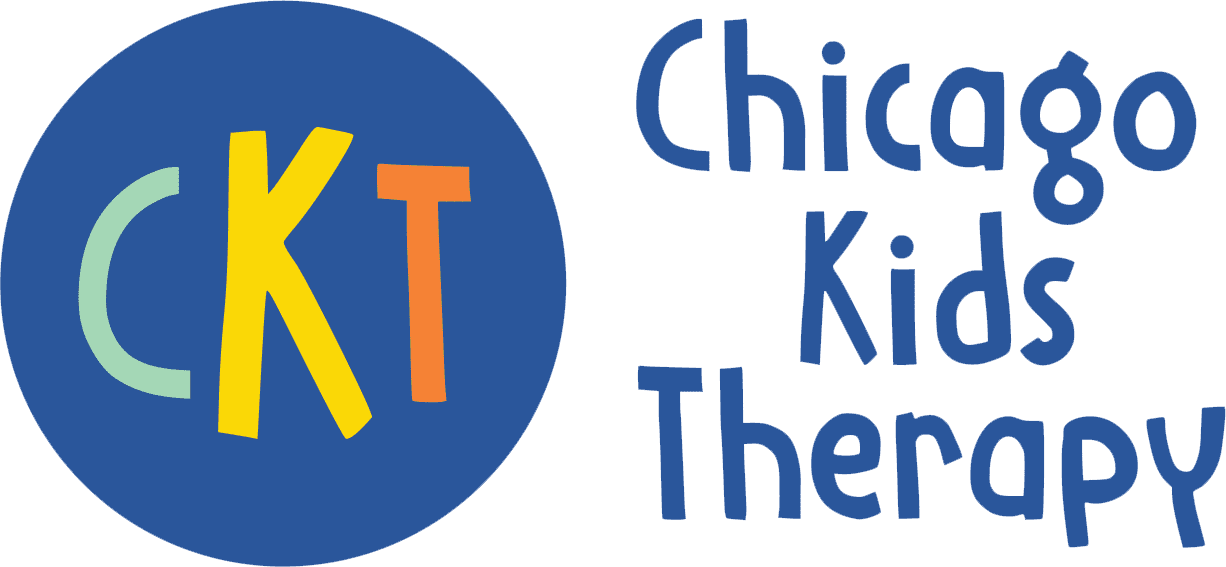In the clinical pediatric environment, it is common for physical therapists (PTs) and occupational therapists (OTs) to work closely together and to share clients. Additionally, physical and occupational therapy treatments can even overlap at times. So, how do these two professions differ?
Pediatric physical and occupational therapy are indeed unique and different therapeutic practices.
Pediatric physical therapy treats the child’s impairment (i.e., weakness, lack of coordination) or injury to improve physical function. Pediatric occupational therapy focuses on maximizing the child’s independence with meaningful daily tasks in light of the impairment.
Occupational therapy services may address skills related to cognition or self-regulation, as well as motor development and sensory processing, while physical therapists primarily address physical function, endurance, and strength. Both professions provide unique benefits that can be essential to a child’s development.
What are the similarities?
- Many physical functioning skills are also needed for engagement in daily life. For example, since strength is a crucial component of physical functioning, and is also necessary for engagement in meaningful daily activities (i.e., maintaining an upright posture in a chair at school), both PTs and OTs may address this foundational skill area.
- Similarly, balance is an important aspect of physical functioning. Balance is also necessary for engagement in daily activities, such as standing on one leg to step into pants or getting into the bathtub. Therefore, both OTs and PTs may address this skill area to support a child’s development.
- Therapists from both disciplines work to support the child’s development and achievement of developmentally appropriate milestones.
What are the differences?
- PTs typically only treat children with physical limitations. OTs treat not only children with physical limitations that may impact daily living, but also children with challenges in executive functioning, sensory processing, visual-motor skills, self-care skills, and any other skill area that is limiting the child’s engagement in meaningful activities.
- PTs are experts in the body’s musculoskeletal system, as well as gait mechanics and endurance, while OTs are experts in sensory processing, self-regulation and coping skills, and fine motor milestones.
The Bottom Line
Physical and occupational therapy services are similar and different in many ways. When PTs and OTs work together, amazing progress is often seen. For example, when a PT facilitates a child’s shoulder stability and core strength, the OT may see the child’s fine motor skills blossom, as the child now has a strong foundation from which to develop more refined skills. Alternatively, when an OT teaches coping skills to a child with frequent behavioral difficulties, the PT may have a more beneficial and productive session. In conclusion, both physical and occupational therapy are indispensable professions that can provide a lasting impact on a child’s development, independence, and sense of self-confidence.
